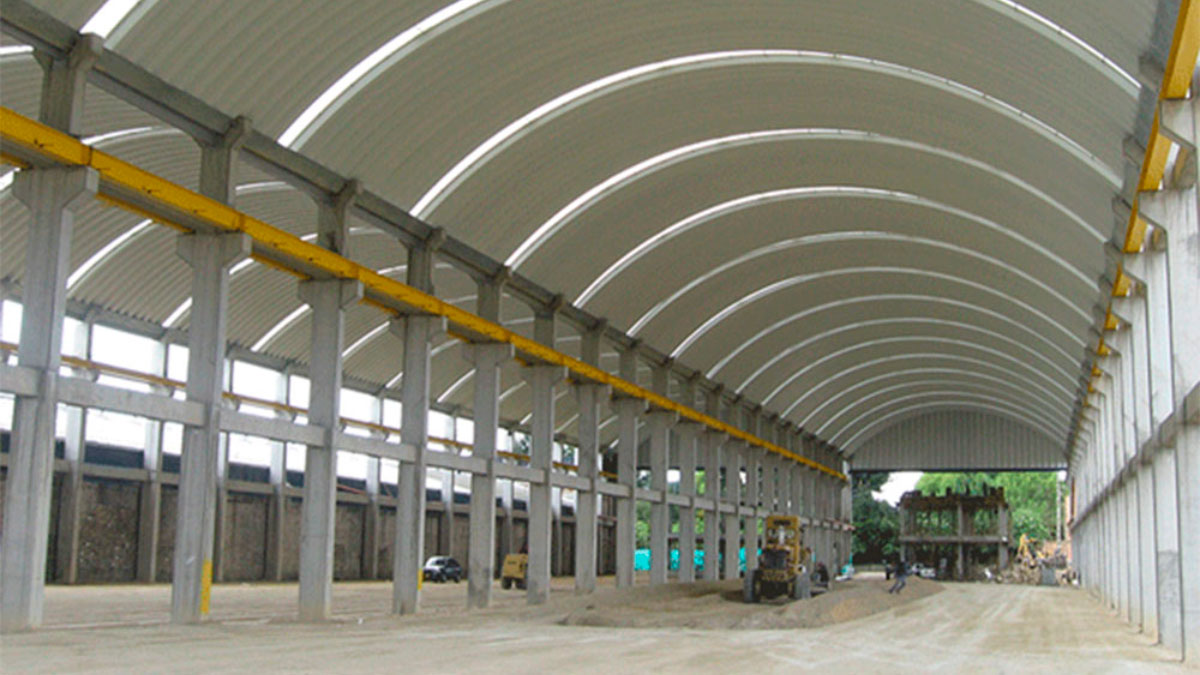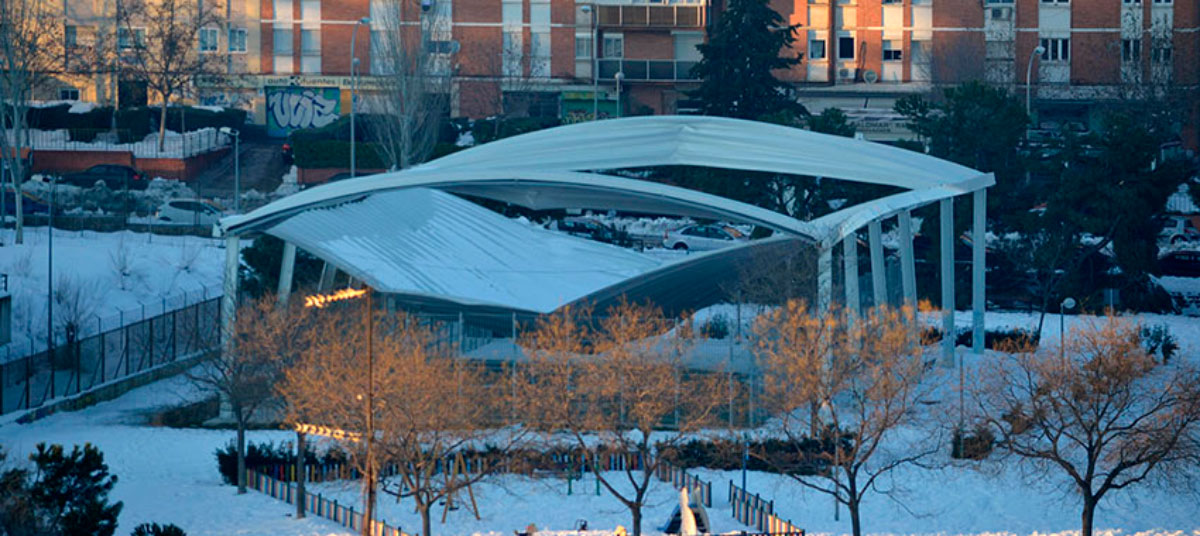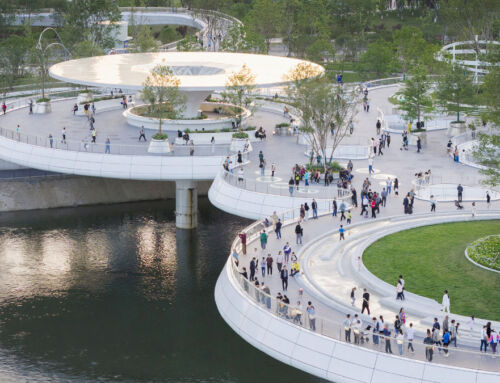Self-supporting lightweight roofs are an efficient solution for covering large areas, such as sports halls or industrial buildings, due to their speed of construction, their ability to adopt stylised designs and their low cost. However, the collapse of some of these structures during extreme weather events raises the question of their strength.
Structural efficiency, but with limitations
Unlike traditional systems, which require beams, trusses or other secondary support elements, self-supporting roofs are composed of box profile roofing sheets which, thanks to their arched shape, distribute gravity loads to the perimeter supports. This configuration minimises the use of materials and reduces construction costs, although their lightness makes them particularly vulnerable when subjected to two critical stresses: the force of the wind and the weight of the snow.
Wind and suction, an underestimated risk
Wind not only exerts pressure on the surface, but also produces suction effects capable of compromising the integrity of the roof if the anchoring is insufficient or the design inadequate. Several technical studies – including reports by the Madrid Association of Industrial Engineers – have documented structural failures attributed to miscalculated wind loads. In some cases, the lack of reinforcement has led to the total or partial collapse of the structure.
Snow and counterproductive solutions
A paradoxical fact is sometimes observed: some roofs equipped with support cables – installed as a preventive measure against wind – nevertheless collapse under the weight of snow. The technical explanation is clear: while the wind tends to lift the structure, the snow exerts a downward load. As the snow accumulates, the force causes the arch to deform and exert pressure on the sides; this is added to the tension of the cables and produces an additional load that accelerates structural failure.
Safe technology, but with rigour.
Therefore, to ensure that self-supporting roofs withstand adverse weather conditions, their design must be based on an exhaustive structural calculation that considers maximum wind and snow loads according to current regulations (such as the Spanish Technical Building Code); the materials for their construction and their anchoring must have the appropriate certifications; and, of course, their design and construction must be verified with the corresponding professional supervision.
After all, when it comes to establishing a balance between economy and safety, the latter is non-negotiable. An optimally designed roof is, above all, a guarantee of protection.
By Jorge Laguna, head of the structures section of Amusement Logic’s architecture department.
Header image: aajingecon.com







